Market Insights
- Market Insights
- Market Insights
- Resource Centre
Make informed market entry decisions
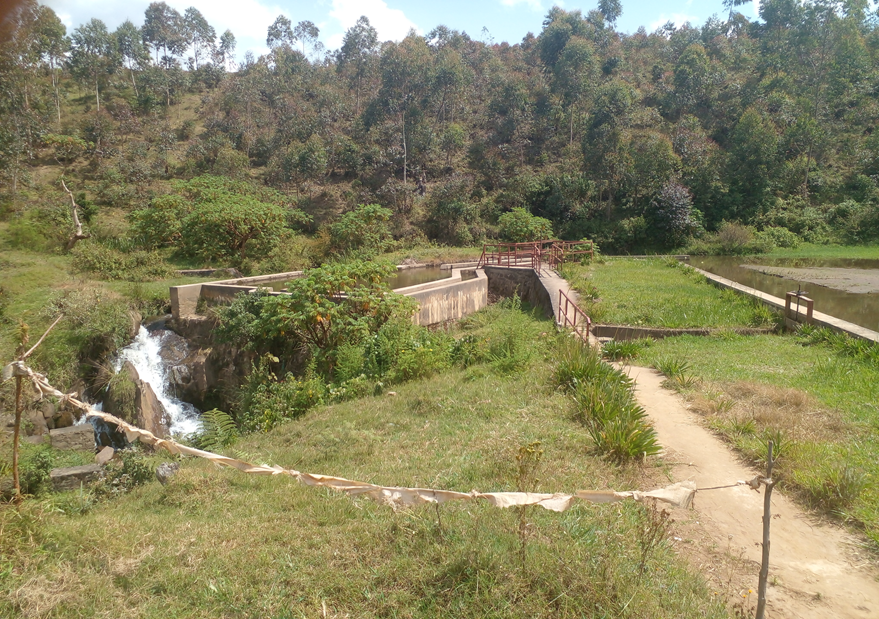
Small Hydropower and Rural Development
This Developer Guide describes key market actors, deployed business models, small hydropower’s market size, growth drivers, barriers, potential financiers, and other opportunities and challenges for small hydropower development in Burundi. The “Route-to-Market” section outlines practical steps to leverage GET.invest’s market research, including investment opportunities, market sizing, business registration, regulations, financing, and energy supplier profiles. Two hypothetical model business cases provide concrete financial analysis examples: 1) a 100 kW hybrid solar PV-micro hydropower mini-grid for an off-grid rural community, and 2) a 150 kW hydropower project for a grid-connected tea processing facility.
Downloads
Market Insight package: Small Hydropower and Rural Development in Burundi
(zip 9.11MB)
Developer Guide: Small Hydropower and Rural Development in Burundi
(pdf 8.28MB)
Model Business Case: 100 kW Solar PV-Hydro Hybrid Mini-Grid
(pdf 551.89KB)
Model Business Case: 150 kW Commercial and Industrial (C&I) Hydropower Project
(pdf 650.39KB)
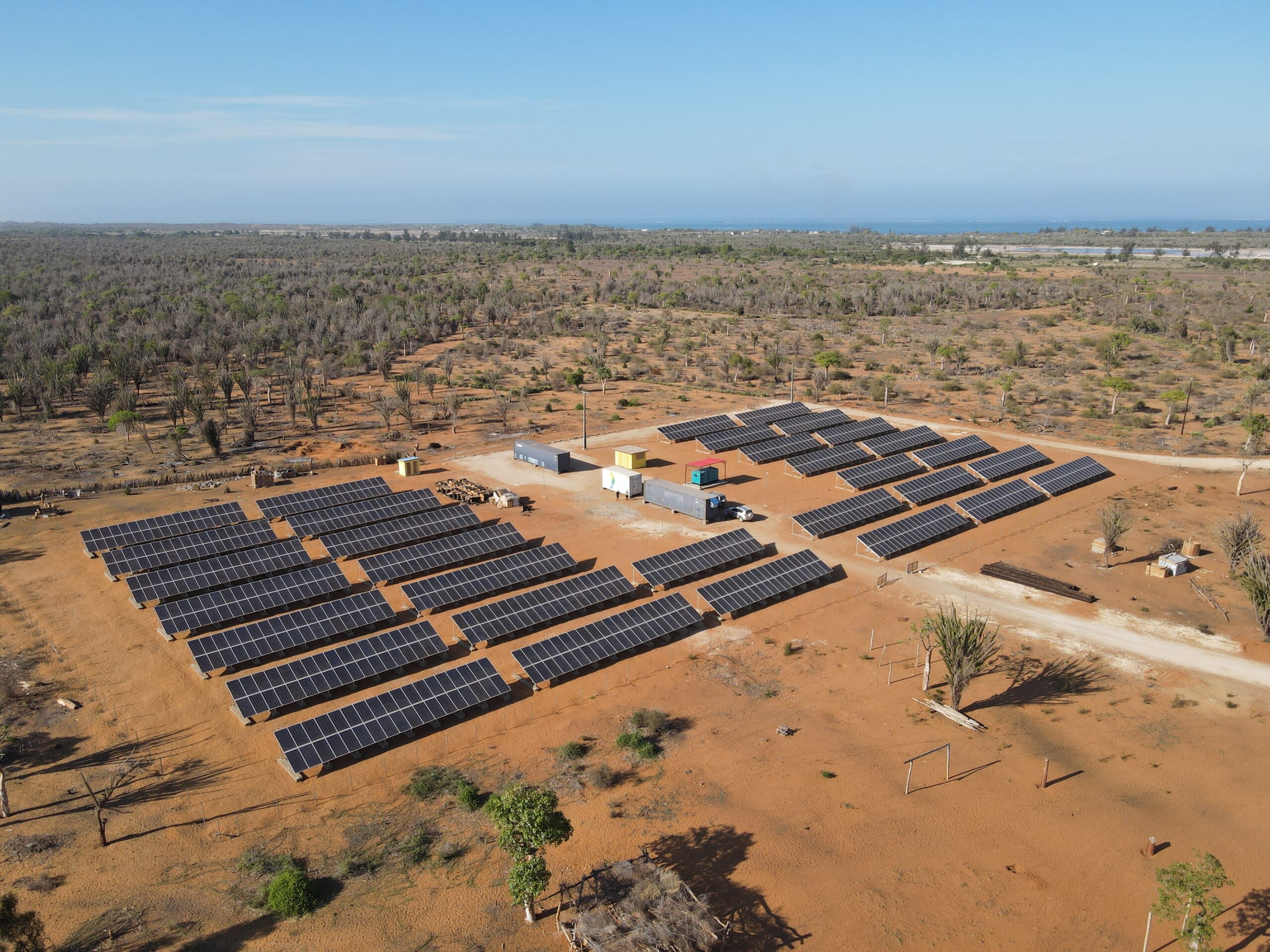
Renewable Energy Independent Power Producer (IPP) Projects
This Developer Guide aims to inform project developers, private sector technology suppliers, innovators and entrepreneurs about renewable energy (RE) independent power producer (IPP) opportunities in Mozambique. The Guide is organised into four main sections: 1) introduction; 2) description of the IPP market in sub-Saharan Africa, including an overview of the sector’s development, enabling environment, financing mechanisms, key indicators for assessing IPP potential, and profiles of IPPs that are active in the region; 3) examination of the market for RE IPPs in Mozambique, including a review of the country’s RE potential and existing and planned IPP projects and programmes; and 4) exploration of the “Route to Market” – i.e., how to leverage the market research presented in this Guide to set up an IPP project in Mozambique.
Downloads
Market Insight package: Renewable Energy Independent Power Producer (IPP) Projects
(zip 11.69MB)
Developer Guide: Renewable Energy Independent Power Producer (IPP) Projects
(pdf 11.41MB)
Model Business Case: 40 MWp Solar Power Plant (Without Batteries)
(pdf 913.46KB)
Model Business Case: 20 MWp Solar Power Plant (With Battery Storage)
(pdf 697.50KB)
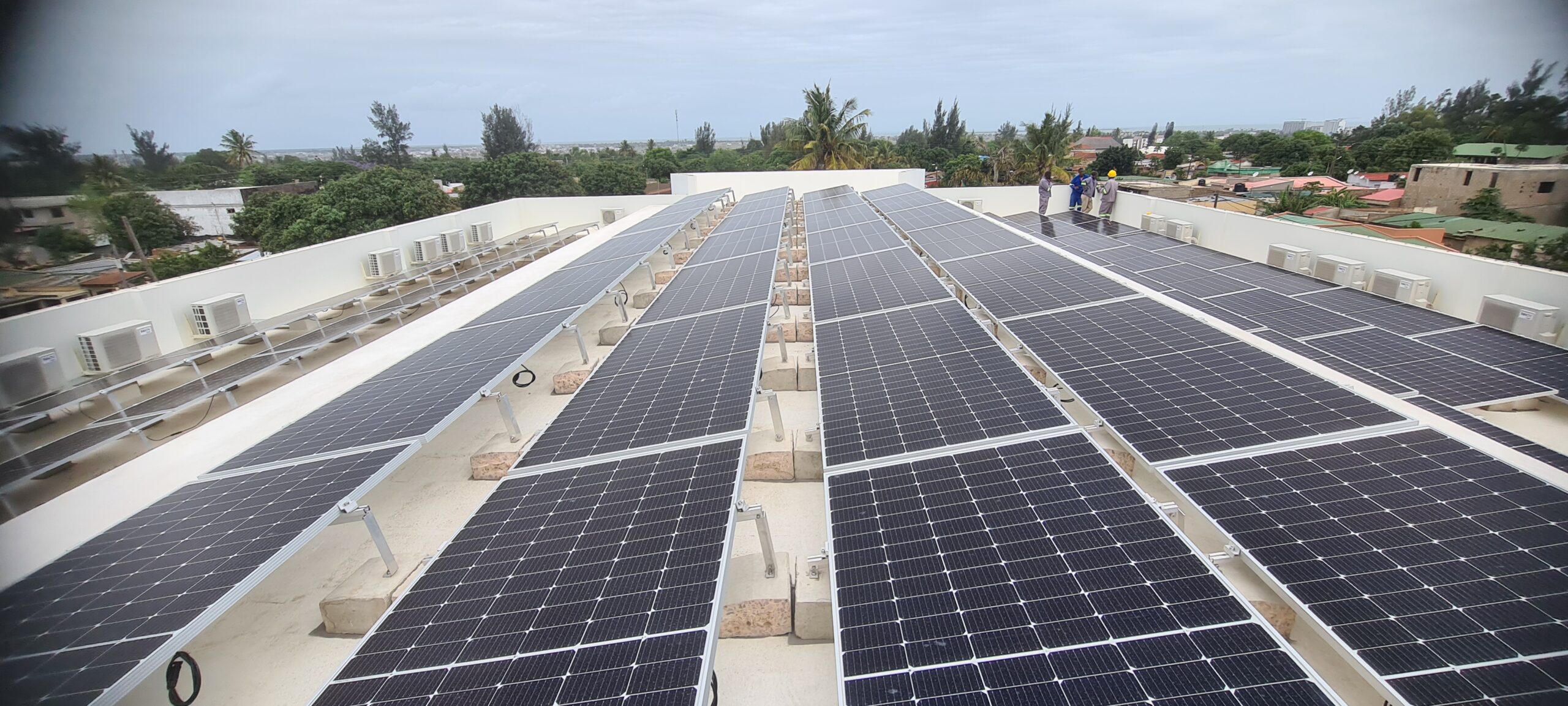
Commercial and Industrial (C&I) Solar Applications
This Developer Guide aims to inform project developers, private sector technology suppliers, innovators and entrepreneurs about opportunities in the commercial and industrial (C&I) solar sector in Mozambique. The Guide is organised into four main sections: 1) introduction; 2) overview of the C&I solar sector, including the benefits of C&I solar, key indicators to assess C&I solar potential, C&I solar market characteristics in sub-Saharan Africa, and a review of the different business models and financing arrangements applicable to the sector; 3) description of C&I solar applications in the context of Mozambique, including a review of four C&I sectors (agricultural processing, fisheries, tourism and mining), and profiles of C&I solar suppliers that are active in the country; and 4) exploration of the “Route-to-Market” – i.e., how to leverage the market research presented in this Guide to engage in the C&I solar sector in Mozambique.
Downloads
Market Insight package: Commercial and Industrial (C&I) Solar Applications
(x-7z-compressed 7.75MB)
Developer Guide: Commercial and Industrial (C&I) Solar Applications
(pdf 6.98MB)
Model Business Case: On-grid C&I Solar Project
(pdf 649.01KB)
Model Business Case: 32 kWp Off-Grid C&I Solar Project
(pdf 1,022.25KB)
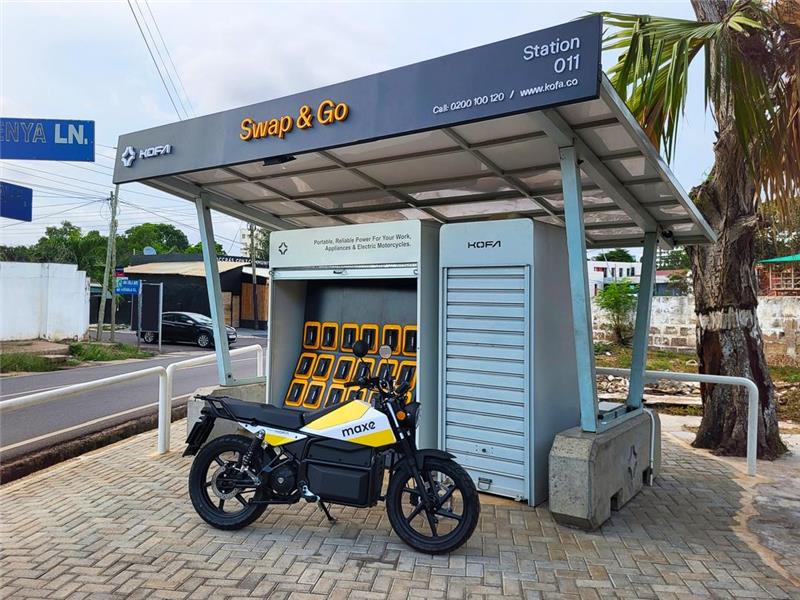
Powering Electric Mobility
This Developer Guide aims to inform project developers, private sector technology suppliers, innovators and entrepreneurs about the opportunities in Nigeria’s e-mobility sector. The guide examines existing key market actors, business models, e-mobility’s potential market size, growth drivers and barriers, as well as potential financiers for e-mobility market development in the country. The “Route-to-Market” section presents practicable steps to leverage GET.invest’s market research, exploring investment opportunities, market sizing, business registration, potential challenges for project developers, financing e-mobility in Nigeria and the market outlook. Two hypothetical model business cases provide concrete financial analysis examples: 1) an urban e-mobility business that offers two-wheel electric vehicle rental and operates a network of battery swapping stations, and 2) a rural mini grid-powered e-mobility project deploying two-wheeled electric vehicles.
Downloads
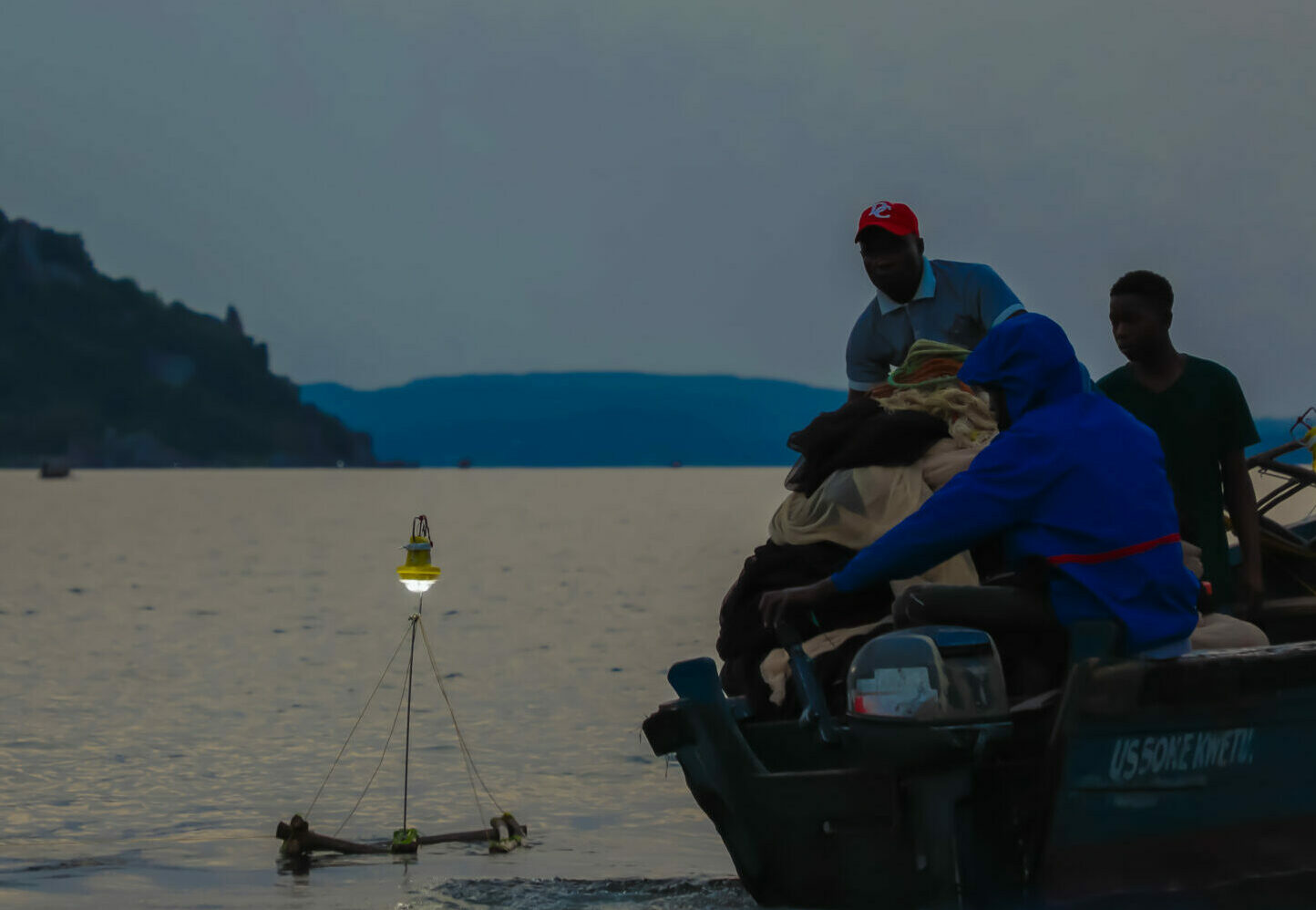
Renewable Energy Cooling and Processing for the Food Industry
This Developer Guide provides a comprehensive market research and a practicable step-by-step manual to quickly assess the renewable energy-driven opportunities in the processing, drying and cold storage sectors of Uganda’s food industry. The “Route-to-Market” section presents practical steps to leverage GET.invest’s market research, exploring investment opportunities, market sizing, business registration, regulations, the financing landscape, and profiles of energy suppliers in each value chain. Two model business cases supplement this guide with concrete financial analysis examples: 1) a standalone solar cold storage business, and 2) a mini-grid developer that operates a second business producing and selling ice to the local fishing industry.
Downloads
Market Insight package: Renewable Energy Cooling and Processing for Food Industry in Uganda
(zip 18.01MB)
Developer Guide: Renewable Energy Cooling and Processing for Food Industry in Uganda
(pdf 16.85MB)
Model Business Case: Standalone Solar Cold Storage Business
(pdf 1,006.97KB)
Model Business Case: Fish Cooling Under the Keymaker Model
(pdf 1.13MB)
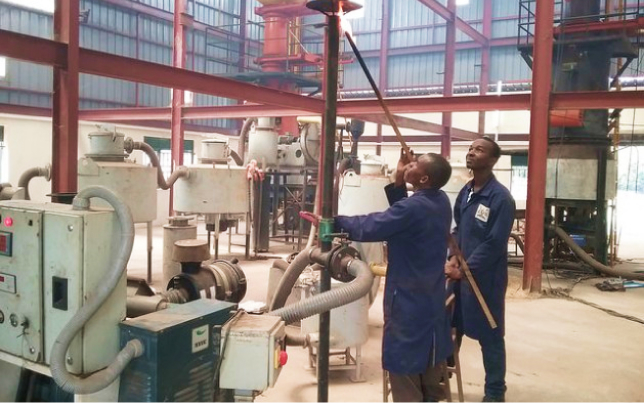
Captive Power
This Developer Guide describes the opportunity for on-site power generation for self-consumption (captive power) in Uganda, with a focus on the private sector. The guide is for potential projects in the 20 kW to MW range implemented by or for medium and larger-scale commercial, industrial and agricultural facilities. Solar PV, biogas and biomass energy sources and technologies are considered. The Developer Guide includes hyperlinks to Model Business Cases and Case Studies for a more in-depth look at project specifics.
Downloads
Market Insight package: Captive Power in Uganda
(zip 5.85MB)
Developer Guide: Captive Power in Uganda (pdf, 4.6 MB)
(pdf 4.45MB)
Case Study: 30 kWp + 40 kWp Diesel-Integrated Solar PV System at a Flower Farm
(pdf 478.08KB)
Case Study: 50 kWp + 20 kWp Solar PV System with Energy Storage at a Hospital
(pdf 435.70KB)
Case Study: 300 kWp Rooftop Solar PV System at an Office Building
(pdf 480.79KB)
Case Study: 200 kW Rice Husk fuelled Biomass Plant at a Rice Factory
(pdf 384.97KB)
Model Business Case: Solar Photovoltaic for Commercial and Industrial Facilities
(pdf 755.58KB)
Model Business Case: Biomass Power Systems at Large Rice Mills
(pdf 544.55KB)
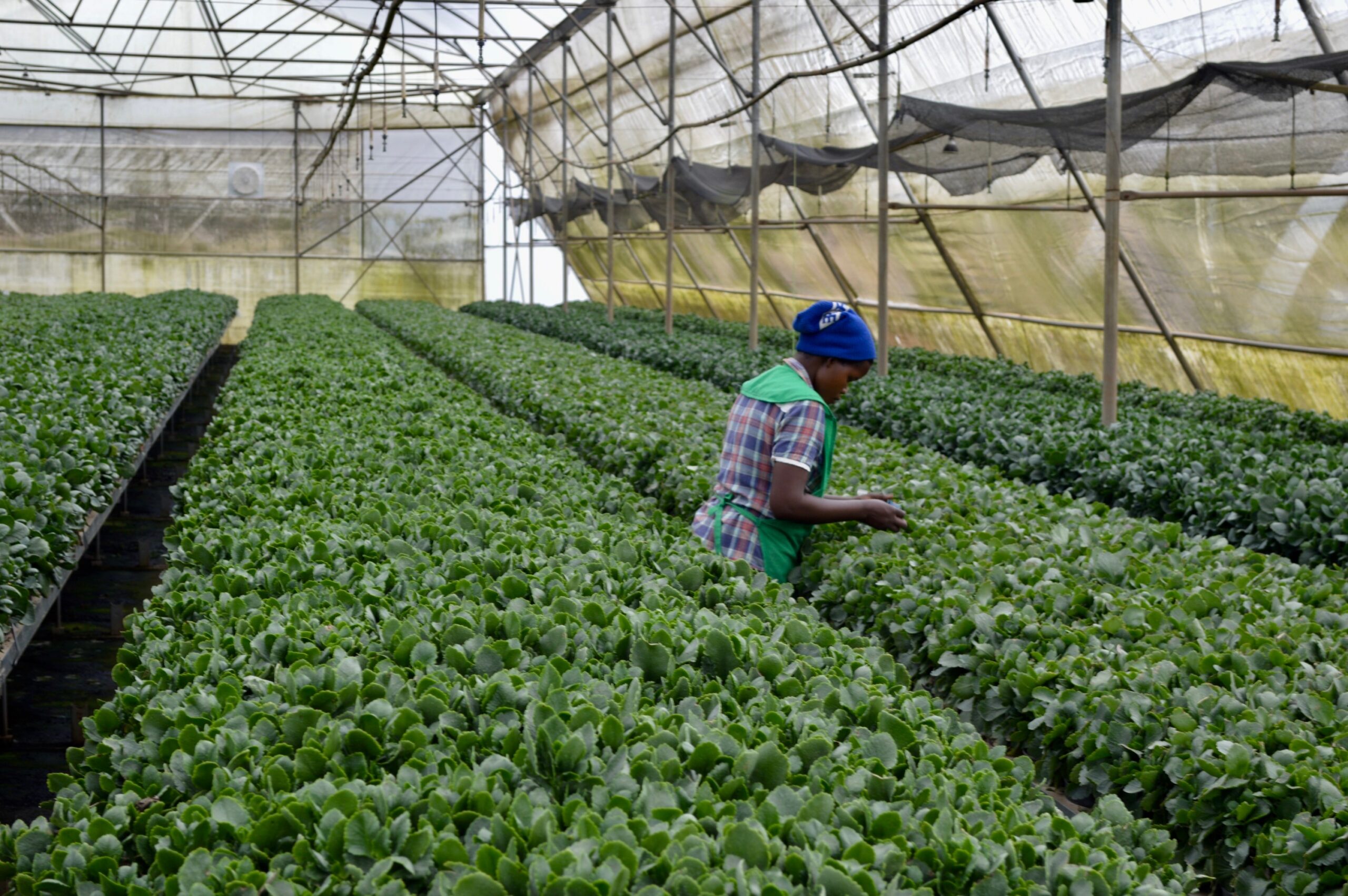
Renewable energy applications within agricultural value-chains
This Developer Guide examines market opportunities for three renewable energy applications within the agricultural value-chains in Senegal: Solar PV pumps for irrigation in the rice and horticultural value chains, solar PV cooling applications for the milk value chain and biodigesters for domestic cooking applications. The Guide is relevant for project developers, farmers and their associations, investors and financiers. The Developer Guide includes hyperlinks to Model Business Cases and Case Studies for a more in-depth look at project specifics.
Downloads
Market Insight package: Renewable Energy Applications in Agricultural Value-Chains in Senegal
(zip 5.71MB)
Developer Guide: Renewable Energy Applications in Agricultural Value-Chains in Senegal
(pdf 4.23MB)
Case Study: Solar Powered Irrigation - Large-Scale Water Pumping at a Melon Farm
(pdf 419.84KB)
Case Study: Solar Powered Irrigation - Small-Scale Water Pumping at a Group Irrigation Scheme
(pdf 493.53KB)
Case Study: Solar Powered Irrigation - Micro-Scale Water Pumping for Onion Farming
(pdf 575.60KB)
Model Business Case: Solar Photovoltaic Water Pumping for Large-Scale Irrigation Scheme with High Water Demand
(pdf 576.37KB)
Model Business Case: Solar Photovoltaic Water Pumping for Small-Scale Irrigation Scheme with Low Water Demand
(pdf 682.56KB)
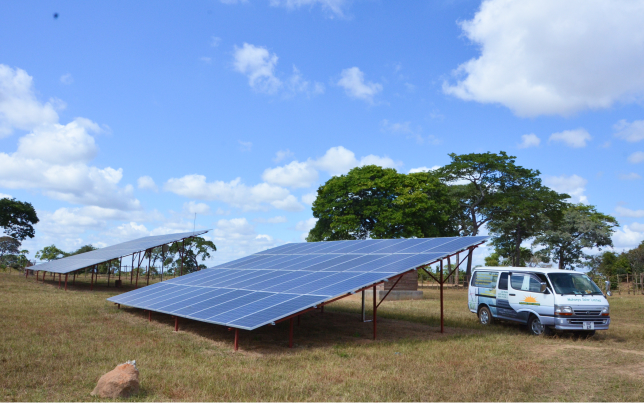
Solar PV and Hydro Mini-Grids
This Developer Guide describes the opportunity for, and steps to implement, renewable energy mini-grids in Zambia, with a focus on the private sector. The Guide is for potential micro- and mini-grid developers and investors interested in the generation, distribution and supply of electricity in un-served or underserved areas of Zambia with projects in the range of 5 kW to 10 MW. Solar PV and hydropower options are considered. The Developer Guide includes hyperlinks to Model Business Cases and Case Studies for a more in-depth look at project specifics.
Downloads
Market Insight package: Solar PV and Hydro in Zambia
(zip 8.68MB)
Developer Guide: Solar PV and Hydro Mini-Grids in Zambia
(pdf 7.63MB)
Case Study: Solar PV Mini-Grid in Sinda District
(pdf 363.32KB)
Case Study: Hydropower Mini-Grid at Lwakela Falls
(pdf 616.78KB)
Model Business Case: Solar PV Mini-Grid for Rural Electrification
(pdf 504.46KB)
Model Business Case: Hydro Mini-Grid for Rural Electrification
(pdf 513.81KB)
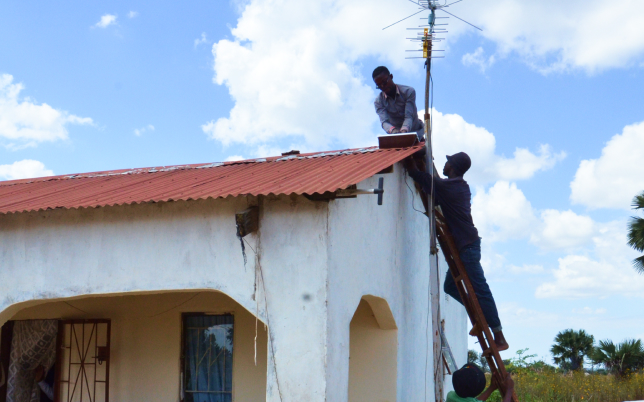
Stand-Alone Solar Businesses
This Developer Guide describes the potential for developing an Off-Grid Solar (OGS) business in Zambia. The Guide describes the country and market context, the opportunity for off-grid solar home solutions, and reviews regulatory and operational considerations for developers and investors preparing an investment opportunity. The Developer Guide includes hyperlinks to Model Business Cases and Case Studies for a more in-depth look at project specifics.
Downloads
Market Insight package: Stand-Alone Solar Businesses in Zambia
(zip 6.00MB)
Developer Guide: Stand-Alone Solar Businesses in Zambia
(pdf 5.38MB)
Case Study: Kazang Solar Pay- As-You-Go Solar Home Systems
(pdf 325.79KB)
Case Study: VITALITE Pay-As-You-Go Solar Home Systems
(pdf 370.59KB)
Model Business Case: PAYGO Solar Home System Company in Zambia
(pdf 429.71KB)








